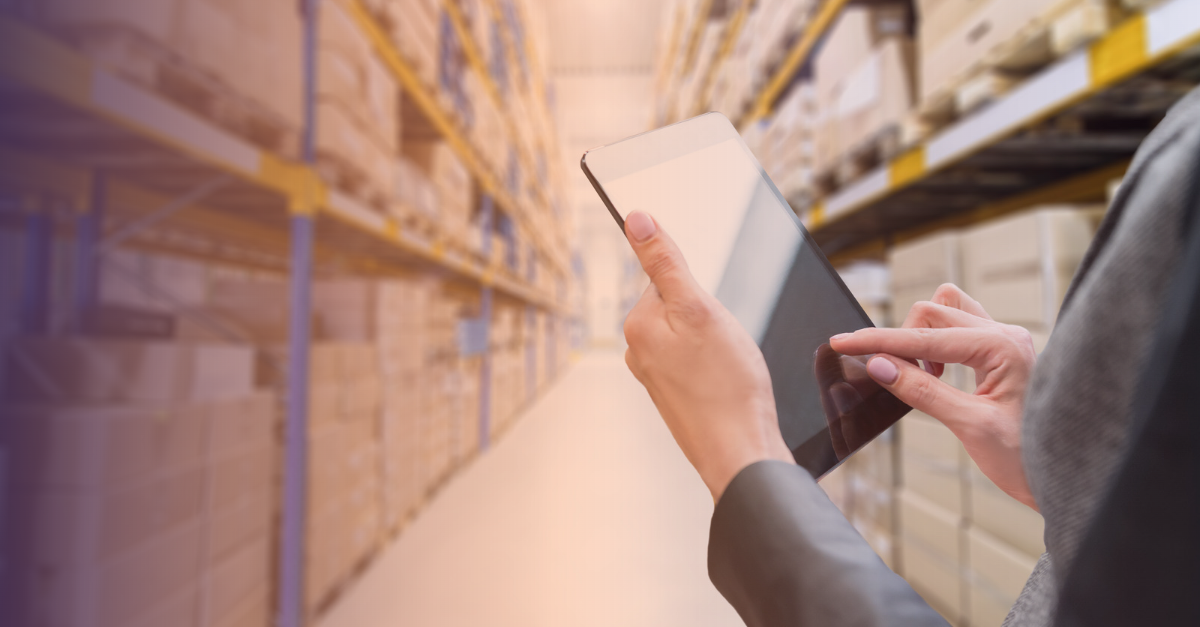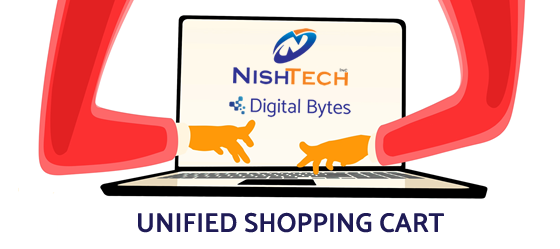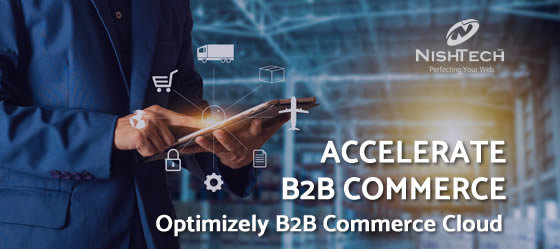5 Trends in B2B Ecommerce for 2023
written by Nishtech
|January 2023

It’s a new year filled with opportunities for B2B companies. Are you ready?
To help with your planning and to give you a leg up, we've investigated the trends and market forces that will have an impact on B2B ecommerce companies in 2023. We aim to give you the data and insight you need to develop a strategy for success in the new year.
Let’s get started…
Trends in B2B Ecommerce
While it may be a new year, we do expect many of the challenges and trends that businesses faced in 2022 to still be in effect.
For example, while supply chain issues have eased, companies still face low inventory and long lead times for many products. Inflation is still an issue, and labor disruption will continue to force businesses to look closely at their hiring practices.
Even with these issues, there are other trends that B2B ecommerce companies should consider as they plan for success in 2023.
- Increased Reliance on B2B Digital Sales
Currently, B2B customers make 67% of their purchases online. Even as industries move further away from COVID restrictions, it is expected that customers will continue to rely on ecommerce and digital purchases.
Recognizing this, B2B companies need to make it as easy as possible for consumers to select and purchase online. If you haven’t already, it’s time to implement a PIM (Product Information Management) system that makes it easier to manage and share product information. Give consumers the option to set up an account, research, and purchase digitally without the need to talk to a salesperson or customer service representative. Provide them with all the information and answers they need to accelerate the sales process.
- Focus on the Customer Experience and Personalization
Companies today recognize that the B2B buyer is like the B2C customer. That means the buying experience is critical when it comes time to decide and purchase. A better customer experience means more sales. That’s why companies are implementing personalization.
Personalization helps a company strategically design a customer experience using data and information. For example, buying habits can be tracked to ensure that the products a customer wants are conveniently placed on the ecommerce site.
In 2023, look to implement tools like a Digital Experience Platform (DXP) to better manage the customer experience. The goal needs to be a seamless and delightful experience and not one that’s just good enough.
- Faster Fulfillment
Many consumers have gotten spoiled by ecommerce companies like Amazon. In the past, a two-to-three-week delivery window was expected. If a consumer wanted a product faster, there was an expectation that they would go to the store to make a purchase. Online sales were convenient, but not fast.
Now, consumers have greater expectations for their purchases. Faster delivery is expected. Making a purchase shouldn’t take two to three weeks. The goal should be delivery in two to three days.
Take a close look at your delivery schedule and processes. Is it reasonable for B2B customers to expect their order in just a few days? If it’s not, what is holding you back from faster delivery? Don’t assume your schedule is good enough. Make it a priority to reduce that schedule as much as possible so your customers aren’t investigating other options.
- Increased Omnichannel Sales and Marketing
Do you know how your customers are accessing your online services and products? With more digital channels and options for B2B buyers, you need to know where your customers are. You need to meet them where they want to do business. This is known as omnichannel sales and marketing.
There are tools for supporting omnichannel marketing. Headless platforms that separate the front end and back end of the application are an advantage for companies that are investigating omnichannel marketing. With headless software, you have the base functionality you need but the freedom to integrate with different software systems in the channels. You can customize the software and customer experience to better meet customer expectations.
- Green and Sustainable Business Practices
As more companies embrace green and sustainable business practices, they are looking to their suppliers and B2B vendors to support them. They want to work with companies that share their values and the values of their customers.
Take a moment to review your shipping material to see if there is an opportunity to embrace sustainability. Look at using less packaging, or recycled materials. Even small steps like using e-bills rather than paper invoices can make a big difference and show your customers that you’re the right company to work with.
Answering Questions About Your B2B Ecommerce Strategy
The market is constantly changing, and as a business leader you need to adapt your strategies to capitalize on opportunities and overcome challenges.
If you have questions about your 2023 B2B ecommerce strategy or want to investigate some of the ideas of the tactics we’ve covered here, then contact us today for a free consultation. Let us know your goals, and let’s see how we can help with your strategy. We’ve helped many B2B companies successfully leverage technology into their strategy.
It’s a new year filled with new opportunities for business growth. Let’s work together to make it happen.



